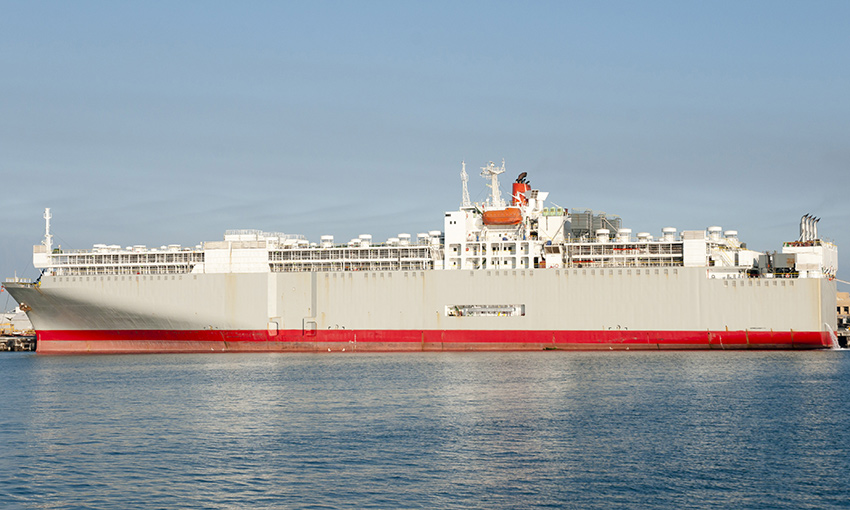A PLAN by the New Zealand Government to soon resume live animal exports by sea has re-ignited opposition from several creature welfare groups.
End Live Export NZ began regular protests last month and a petition, organised by John Hellstrom, a former chairman of government advisory body National Animal Welfare Advisory Committee, has attracted thousands of signatures. A nationwide rally is in preparation.
The Labor Government announced in 2021 that live exports would be banned, after the capsize of the carrier Gulf Express with the loss of all cargo and 21 of the 23 crew, when en route from NZ to China. Industry was given two years to transition before the ban came into official effect on 30 April 2023. The last shipment, of 6,090 cattle destined for Huanghua, China, had departed Timaru on the livestock carrier Dareen on 20 April and was widely hailed by local and worldwide animal welfare groups.
However, the NZ National Party campaigned on overturning the bans as part of election policies last year, promising “gold standard” arrangements would be in place for the resumption of the trade. It is in the process of developing a public consultation process.
Mr Hellstrom told NZ’s Newsable “These people put 5000 or 10,000 cattle on a ship, depending on the size of the ship. They’re put in steel pens with maybe a bit of sawdust on the floor. The pens hold about 20 to 40 animals, maybe a bit more sometimes.
“The fact is, once these animals leave New Zealand, they’ve been reared for 12 to 18 months on pasture. And then they hop on the truck and that’s the last time they’ll ever stand on grass in their whole lives.”
The issues is receiving greater attention following the problems in Australia with Israeli export ship Bahijah and others in Cape Town, South Africa where a “sewage smell blanketing parts of the city” was found to be coming from another Australian trade regular, Al Kuwait, which had berthed during a voyage from Brazil to Iraq with 19,000 head of cattle.





